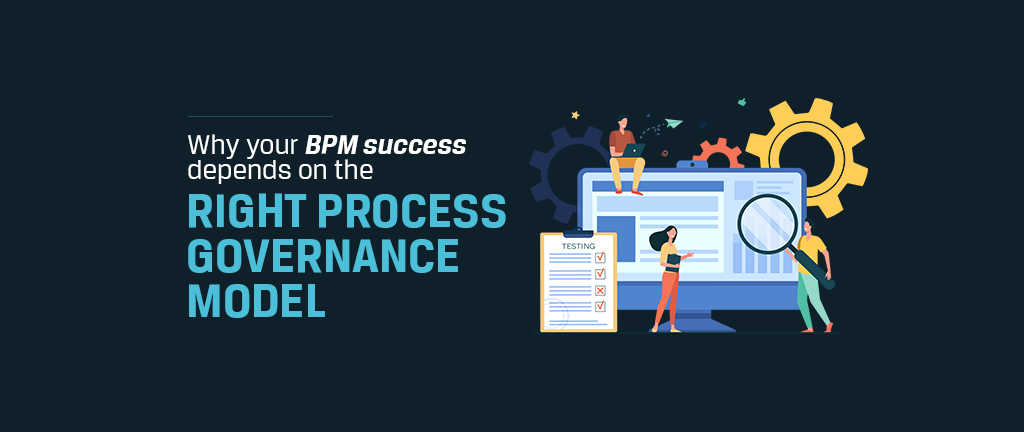Starting on your business improvement journey? How sure are you that your efforts are headed in the right direction? Are your process improvement efforts aligned with the overall organisation’s objectives? Have you defined who owns the initiative and how you will measure the success? Is there a plan in place to sustain the initial momentum?
If you are starting your journey without asking and answering these questions, then your chances of succeeding are slim. This is where process governance comes into the picture and lies at the heart of any successful BPM initiative.
What is Process Governance and Why do We Need it?
Process governance controls the BPM initiative by defining the who, why and how of the initiative. It defines the set of rules, standards, roles and strategies that you deploy to implement BPM initiatives. In short, it ensures that your BPM plan is actually executed, tracked and measured.
Two types of Process Governance Models
Centralised Governance Model:
> A central team controls BPM projects and process mapping efforts.
> The team includes dedicated process mapping and improvement analysts.
> The central team defines common methodology, toolsets, and process mapping standards for organisation-wide usage.
Decentralised Governance Model:
> Individual Business Units map, improve and maintain their processes
> Process champions and SMEs are trained in process mapping and improvement
> No need to spend time and cost on building a separate team.
So, what should be the right governance model for your business process mapping team—Centralised or Decentralised?
While the question is very relevant, there is no definite answer as none of the business models is a clear winner. Both have their pros and cons:
> The centralised model offers clear, succinct and standardised documentation for all organisational processes, but it involves extra investment.
> On the other hand, the Decentralised model relies on project leaders of each business unit to lead improvement efforts without any additional cost in maintaining the team. However, there is a high risk of improvement projects falling off the priority list of process leaders due to the focus on BAUs.
Combining the benefits of Centralised + Decentralised
To get the benefits of both the models, organisations initiating their process improvement journey should first begin with a Centralised team for their BPM initiatives and then transition to a Decentralised model.
Choosing a centralised team sets the right tone for the project in the initial stage. A central team lets you keep tight control of the initiative and its objectives. The team defines common methodology, process mapping standards, tool sets and guidelines, which helps you keep your project on track. Operating in the centralised model for 6-12 months ensures that your process improvement efforts are in the right direction and are aligned with your organisation’s goals. You will be able to document your high-priority processes within this time and create a central repository.
Once the standards are defined and momentum is set, you don’t need a special team to govern your process initiatives. A decentralised model where individual business units can improve their respective processes works best now. The individual units can use the set standards to improve their processes continually.
For example, if your organisation has 2,000 processes, then the central team could map 25% of the processes, which are high priority. The remaining 1,500 can be mapped through the decentralised model over the course of the next 24-36 months. This will ensure that process improvement becomes an organisational BAU and you can ensure standardised documentation without having to incur the additional cost of maintaining a special team.
For step-by-step instructions on how you can effectively transition from a centralised model to a decentralised model, read the eBook: Process Governance Model: A Centralised or Decentralised Process Mapping Team? The resource shares best practices to lead your organisation on the continuous improvement path.


